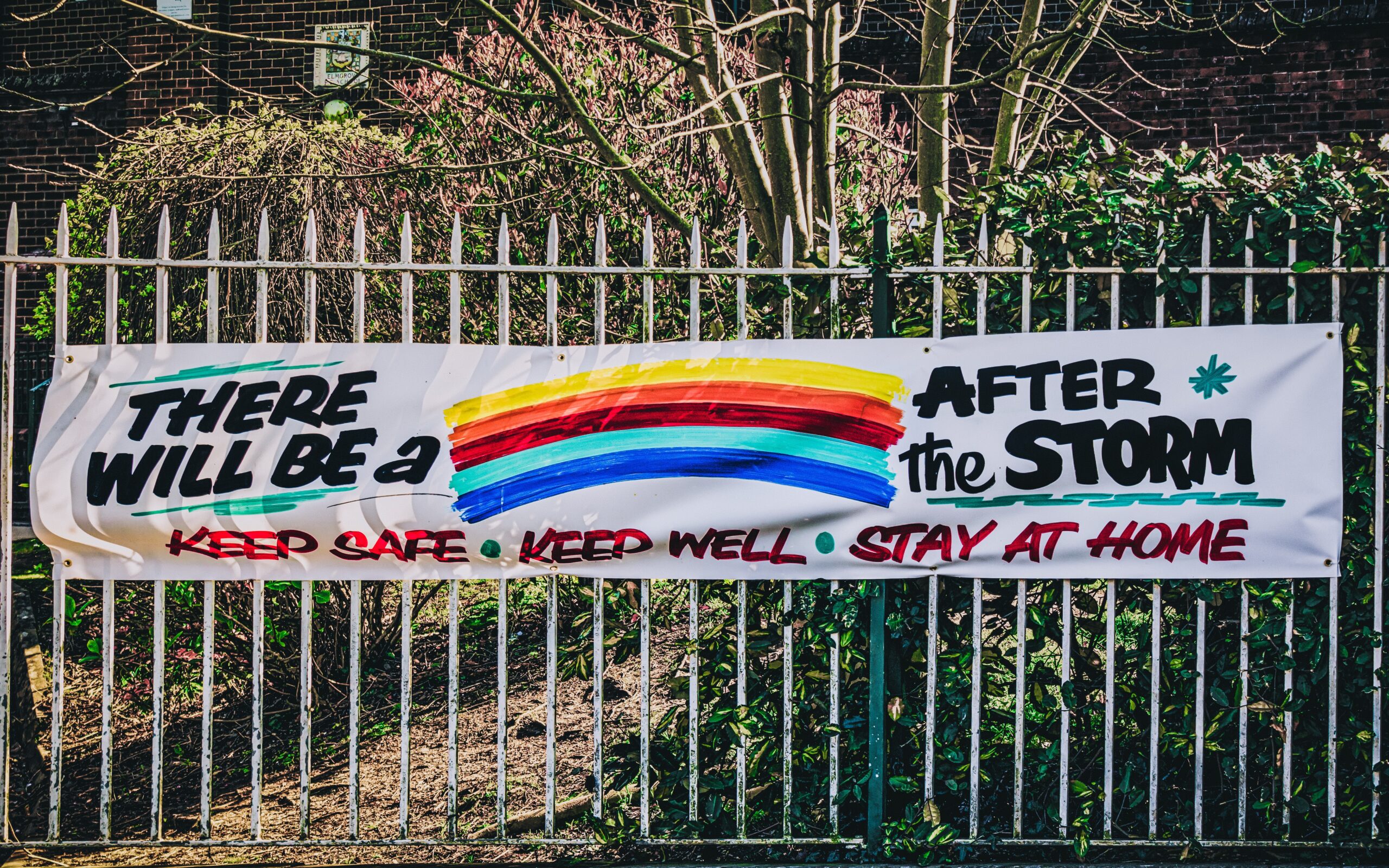
The Realities Homeless Youth Face During Coronavirus Shutdowns
When cities essentially shut down during the coronavirus pandemic, schools, restaurants, retail centers, and more were forced to close their doors. When ordered to stay home for work and school, what are the experiences and needs of young people who lack the stability and resources to shelter in place? We’ve rounded up a collection of stories and perspectives from across the country that shed light on the unique experiences of homeless youth during a global pandemic.
The Realities of Life for Homeless Students Must be Part of Remote Learning Strategies During Coronavirus Shutdowns
For homeless youth, schools are more than just classrooms – they are often the most stable, predictable and secure part of a student’s day. For many students, school may be their only source of food, education, health and mental health services, caring adults and peers, and safety. When schools close, the health and safety of homeless youth is jeopardized. It can be impossible for homeless youth to self-isolate, there are no preventions from being kicked out if they are not on the lease, and these students often lack access to Wi-Fi or technology necessary for online learning much less a quiet, stable environment for learning. An article in The 74 Million explains why pandemic and crisis responses must proactively prioritize outreach to homeless families and youth.
Where Are They? Students Go Missing in Shift to Remote Classes
In the upheaval created by school closures and shifts to remote learning during the coronavirus pandemic, many teachers and school administrators can’t find some of their students. They wonder – have they merely checked out, have they disappeared altogether, or are they in some kind of danger? In this time of great disruption and a dispersed student body, remote learning has further highlighted the multilayered challenges of communication, technology and education, especially for homeless youth. Ed Week takes a deep dive into the many problems and unique challenges that have emerged for schools and homeless students during the pandemic response.
The Coronavirus Class Divide: Space and Privacy
For many poor Americans, six feet of physical space is a luxury they can’t afford. “Shelter in place” is a dictate that assumes the existence of shelter – the safe, stable, controlled environment that poor people often lack. The pandemic is exposing and compounding inequality in many areas, including controllable space. It’s more valuable than ever to those who have it and potentially fatal to those who don’t, and living in crowded conditions can not only increase risk of infection but can also have serious emotional and mental health risks associated with the inability to retreat into one’s own space. The New York Times investigates and discusses this widening class divide that affects a large number of homeless youth.